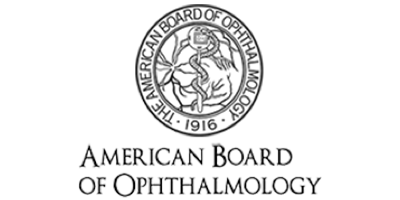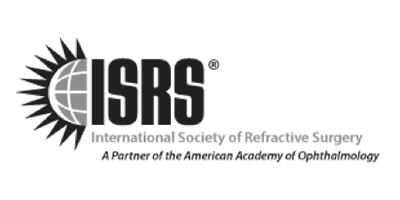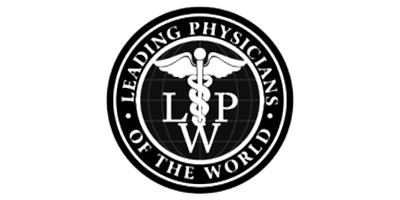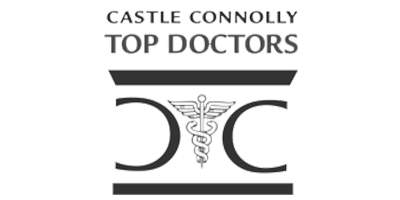Patient Procedures at Empire Eye Physicians
Minimally Invasive Glaucoma Surgery
There is no cure for Glaucoma, but it can be treated with medicine, surgery, or a combination of both.
Variety of Glaucoma Treatments Available
Glaucoma can be treated with medicine, laser surgery, conventional surgery, or a combination of procedures and medications depending on the type of glaucoma.
There is no cure for glaucoma. Treatment is designed to control glaucoma to prevent vision loss for the rest of one’s life. Glaucoma must be monitored several times a year to ensure the treatment is still effective. Often treatment must be adjusted to maintain control of the disease.
Glaucoma Laser Surgery
Two Types of Laser Surgery Help Glaucoma Patients
Laser surgery for glaucoma may be used alone or in addition to medications. Laser treatment is usually performed in the office or surgery center with topical anesthetic drops, can be completed in less than 30 minutes, and involves minimal discomfort for the patient.
The most common types of laser treatment are selective laser trabeculoplasty (SLT) for open-angle glaucoma and laser iridotomy for narrow-angle glaucoma.
Follow-up visits are required to check for complications of laser surgery and to assess the effect of the procedure.
Laser treatment for open-angle glaucoma
Open-angle glaucoma may be treated with a laser in an attempt to lower the pressure inside the eye. The newest and most gentle type of laser treatment is the Selective Laser Trabeculoplasty, or SLT for short. This treatment usually involves minimal discomfort and is completed in a few minutes with topical anesthetic drops. The laser is attached to a machine that is similar to the one that your eye doctor uses to examine your eyes. During the laser procedure, the patient sees multiple bright flashes of light, and may occasionally feel a mild stinging sensation in the eye. Usually, however, the patient does not experience pain.
In laser treatment for open-angle glaucoma, the laser beam is directed toward the drainage area of the eye, which is called the trabecular meshwork. This is in the front part of the eye between the cornea and the iris. In some types of glaucoma, there is an invisible blockage in the trabecular meshwork which blocks the outflow of fluid, thereby increasing the pressure inside the eye. It has been discovered that treating the trabecular meshwork with a laser can lower intraocular pressure. It is thought that the laser increases the flow of fluid through this drain.
This laser is generally effective in about eighty percent of patients who undergo the procedure. Usually, the beneficial effect of the laser is not permanent, and the procedure may need to be repeated within a few years. In approximately fifty percent of patients, the laser helps to lower pressure for as long as ten years.
The most common complications of SLT include a temporary increase in eye pressure or inflammation inside the eye. These two complications are normally treated with eye drops and typically improve within days.
After laser treatment for open-angle glaucoma, the complete effect may not be noticed until about eight weeks after the procedure. Glaucoma medications should be continued following laser treatment unless your eye doctor instructs you otherwise.
Laser treatment for narrow-angle glaucoma
Narrow-angle glaucoma can be treated with a laser. This laser treatment can be used to prevent an attack of narrow-angle glaucoma, and it can also be used during an attack of narrow-angle glaucoma, to lower eye pressure. Narrow-angle glaucoma involves a narrowing of the drainage area, or angle, of the eye. This narrowing is caused because the iris of the eye moves closer to the drainage area in predisposed individuals. If the iris moves so close that it closes the drainage area, then the intraocular pressure increases and narrow-angle glaucoma is the result.
In laser treatment for narrow-angle glaucoma, the laser is used to create a tiny microscopic hole in the iris of the eye, called an Iridotomy, through which fluid may pass to reach the drain. This allows the iris to fall back away from the drainage area. This usually cures or prevents the progression of narrow-angle glaucoma.
This laser treatment is performed with topical anesthetic drops and can be completed in a few minutes and it involves minimal discomfort for the patient. The laser is attached to the machine that your eye doctor uses to examine your eyes. During the laser procedure, the patient will notice multiple bright flashing lights and may experience occasional stinging in the eye. Normally the patient does not experience any pain.
After the laser treatment, your eye doctor will ask you to stay in the office for approximately one hour so that the eye pressure can be checked. Sometimes, you may be asked to return in twenty-four hours for a repeat pressure check. Usually, you will also be asked to return in one week for a pressure check and assessment of the treatment.
Procedure Benefits
- Prevent vision loss
- Helps lower eye pressure
- Quick recovery time
- High success rate







